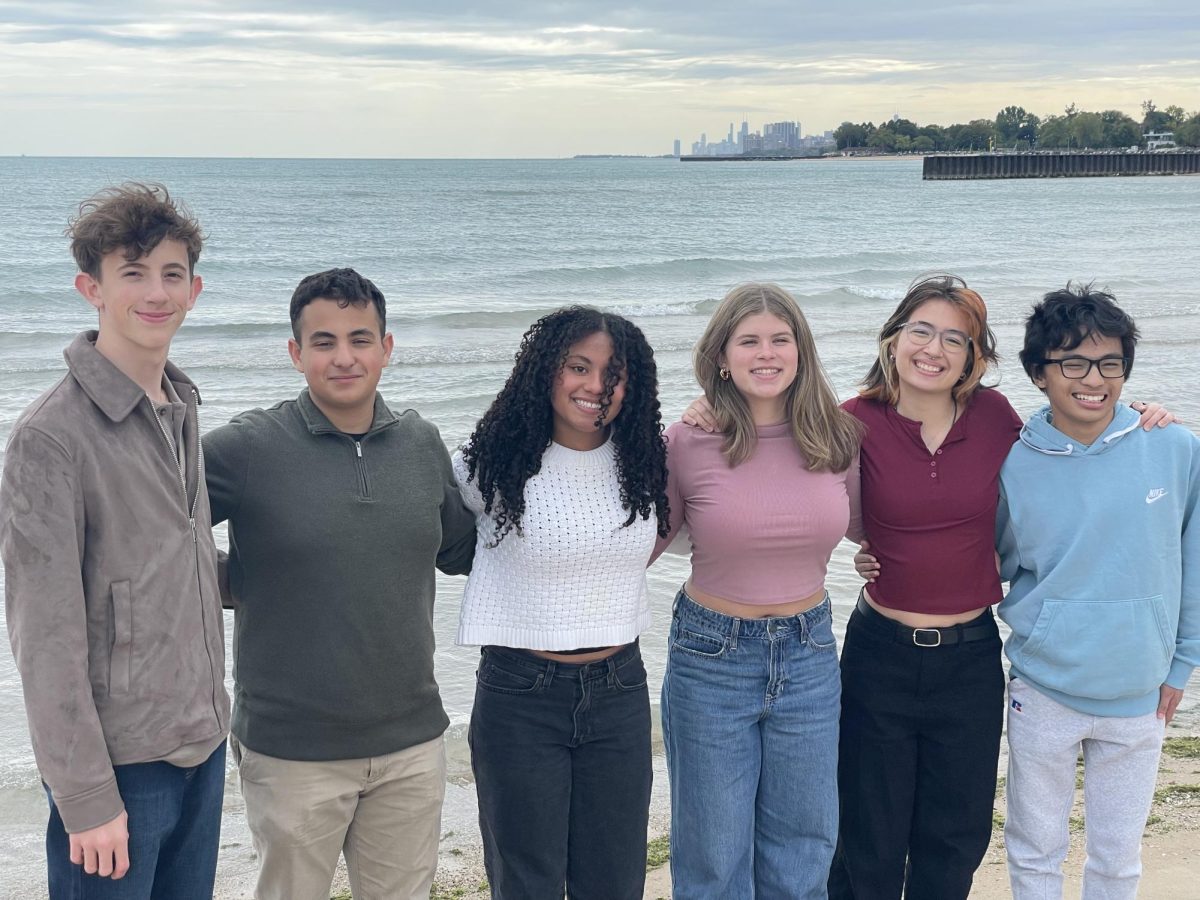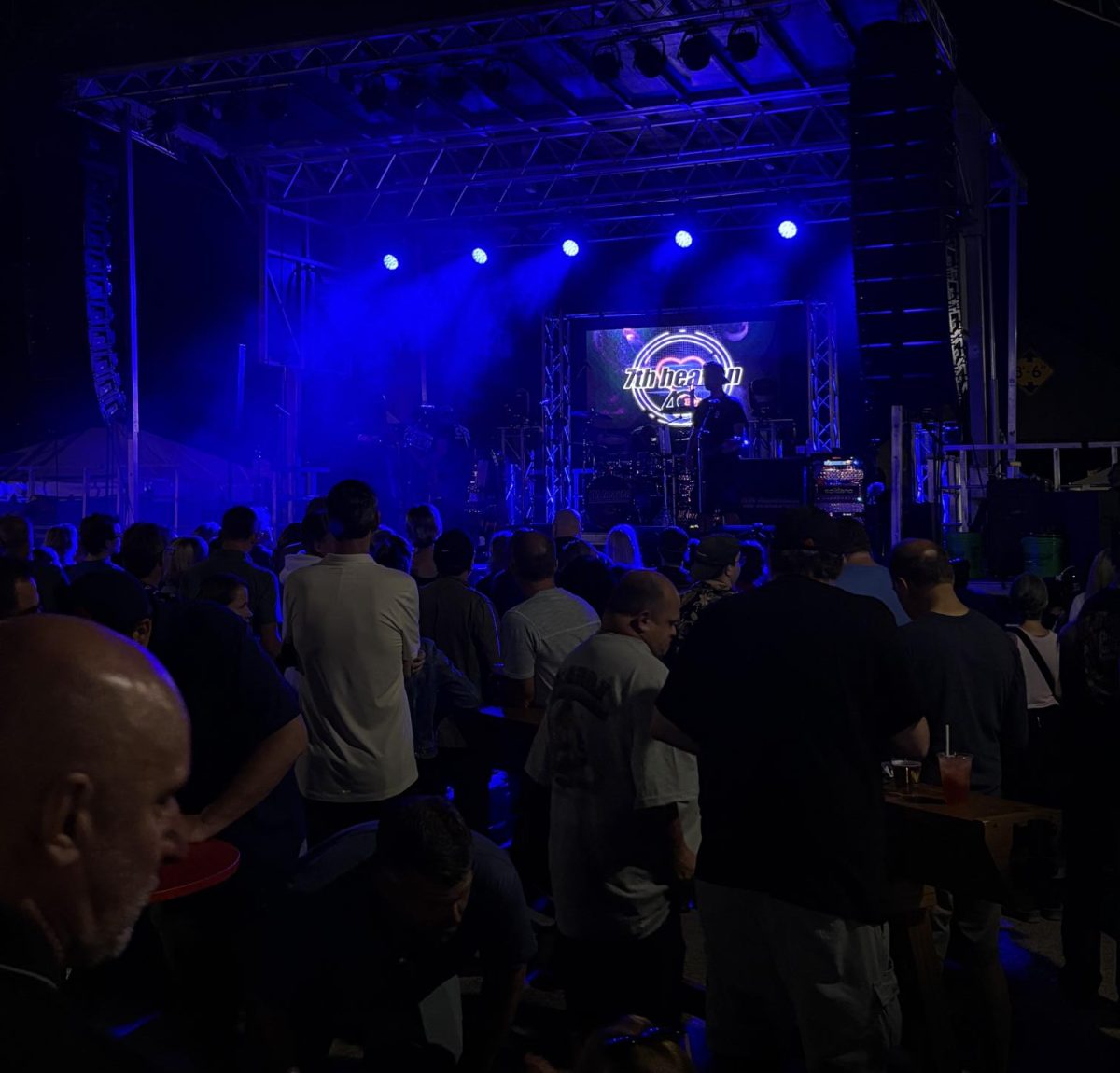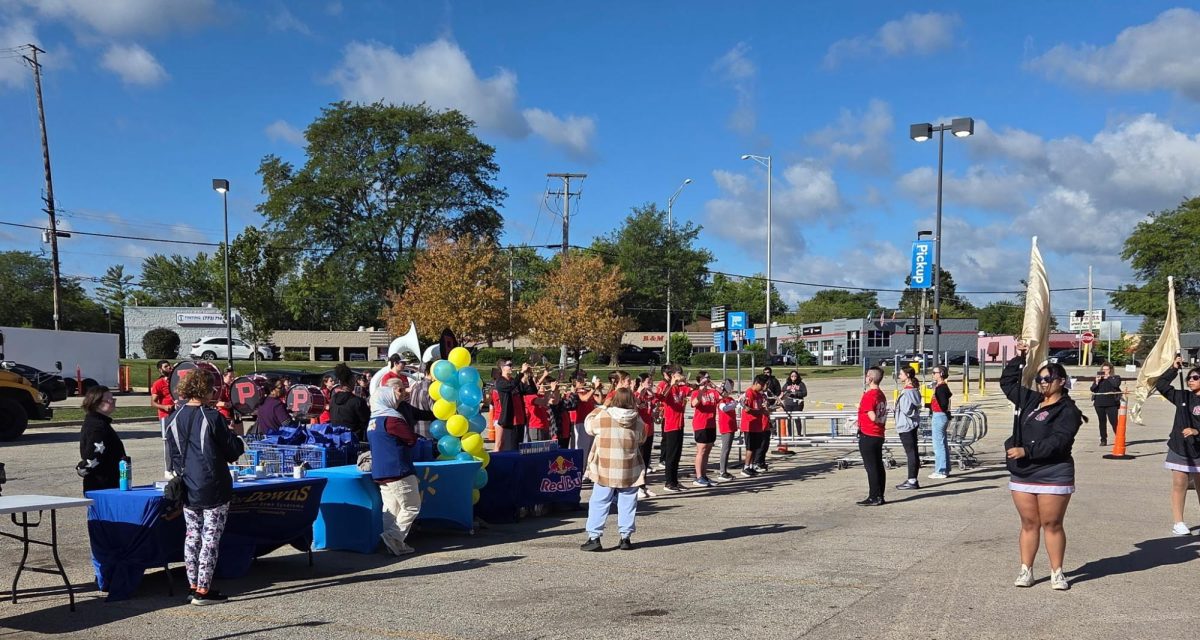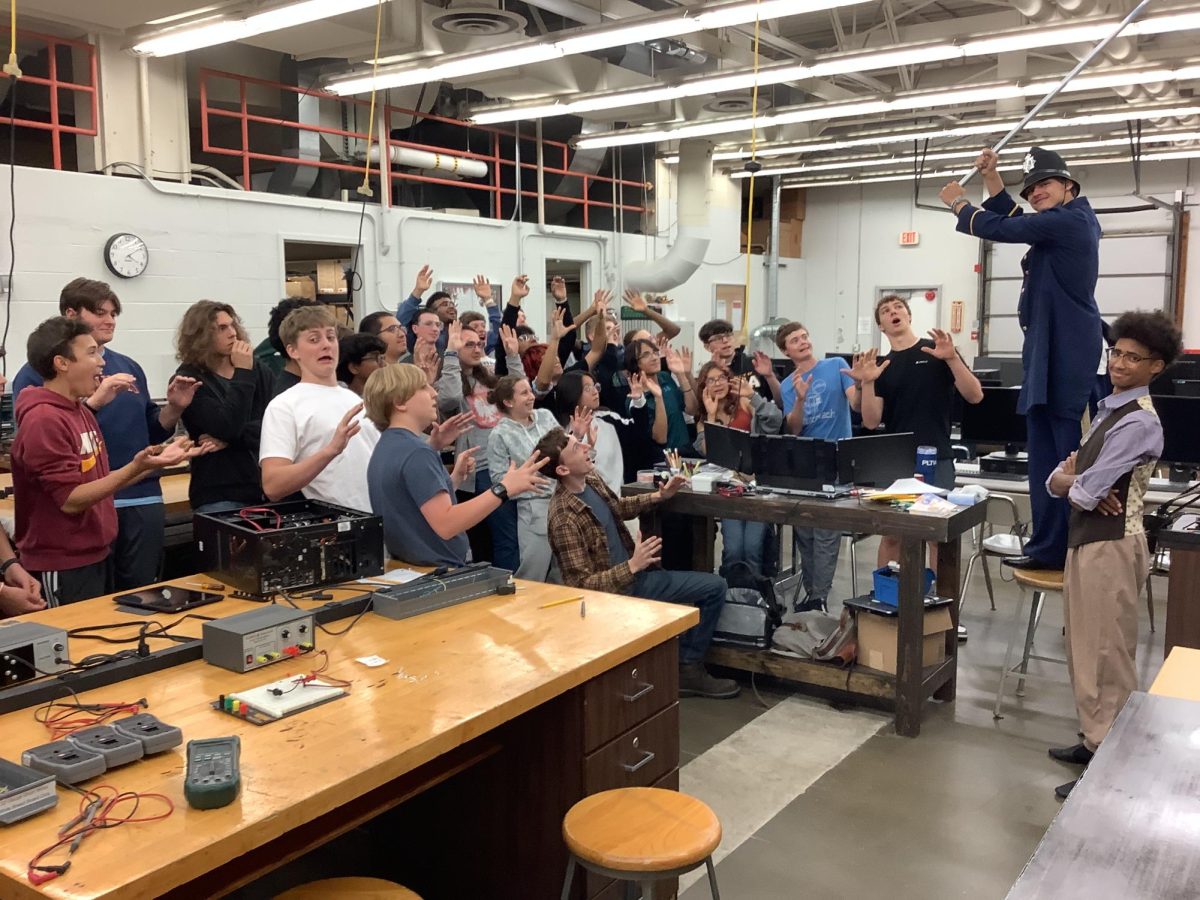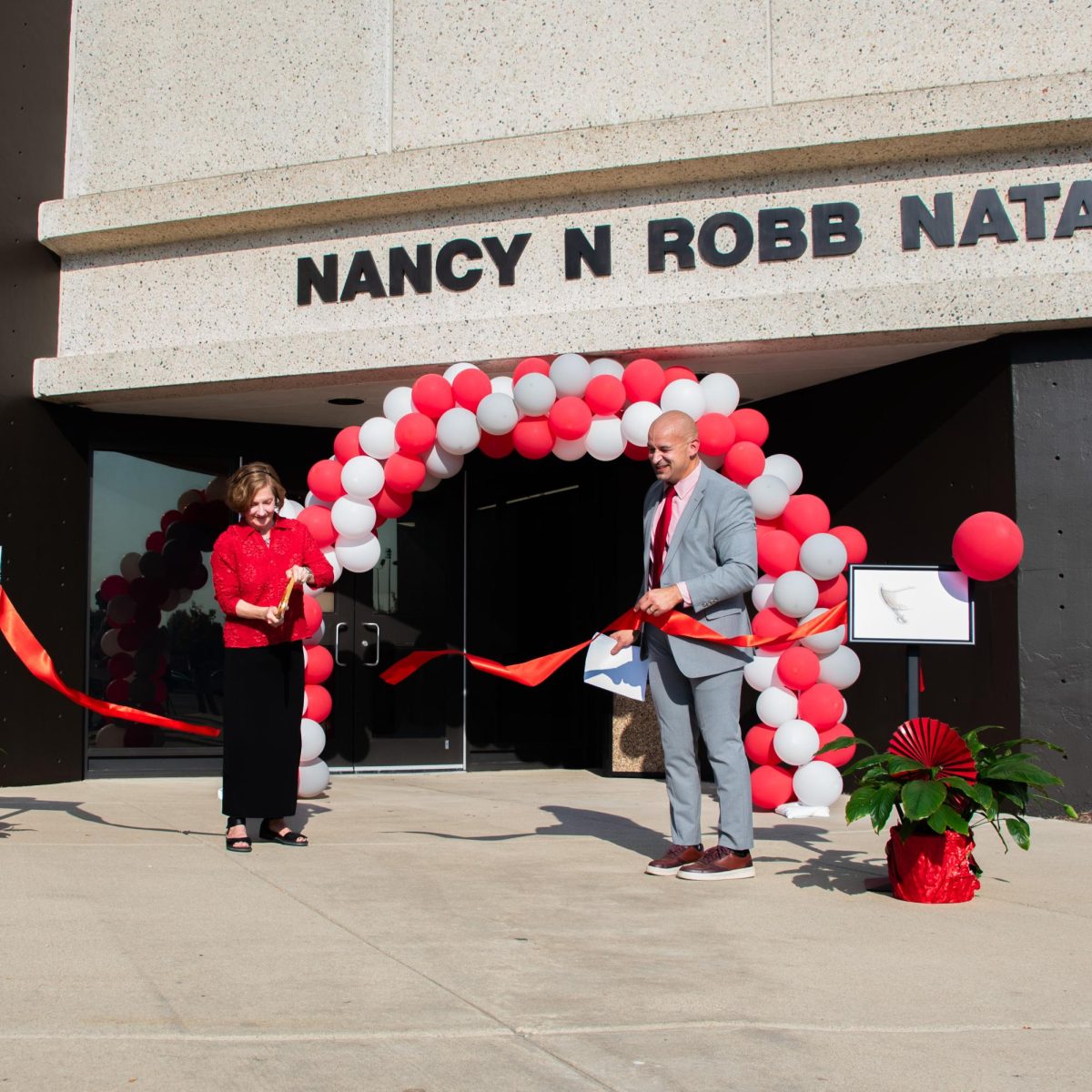For most people, Labor Day is just another day off school, a day to relax and enjoy a three-day weekend.
However, the holiday actually represents one of the major struggles within the United States to push the federal government to protect workers’ rights and to recognize laborers’ many contributions to America’s prosperity.
What most people may not know is that the international labor movement had its roots in Chicago during the Haymarket Affair in 1886.
Although having its separate holiday in May, International Workers Day, the Haymarket Affair greatly contributed to other labor movements throughout the nation that would lead to Labor Day becoming a public holiday in 1894.
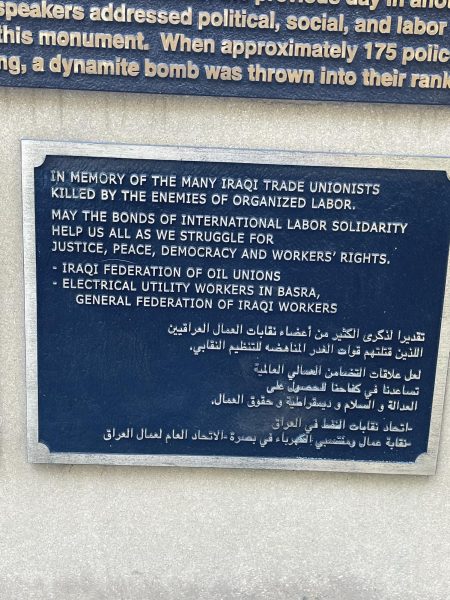
Thousands of protestors gathered on the night of May 4, 1889, at Haymarket Square in the West Loop of Chicago to peacefully protest for an eight-hour workday.
However, the demonstration soon turned violent when an unknown individual threw a bomb and police began firing indiscriminately into the crowd.
Seven men were unfairly convicted of murder and sentenced to death, even though there was no evidence to prove these men were involved with the incident or were even at the riots.
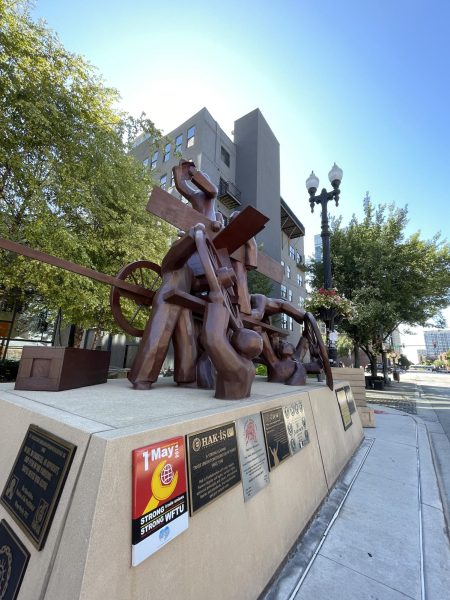
“I think the [Haymarket Riot] was a major stepping stone, in how the public saw the early labor movement,” said social studies teacher Luke Miller. “These were workers who were ready to fight for what they thought was right. They were willing to go to the extremes.”
Today, a memorial at the site of the Haymarket tragedy represents the international fight for organized labor.
“Over the years, the site of the Haymarket bombing has become a powerful symbol for a diverse cross-section of people, ideas, and movements,” a plaque on the memorial reads.
Labor organizations worldwide continue to place plaques on the memorial, paying respects to the martyrs at Haymarket Square who made the international labor movement possible.




